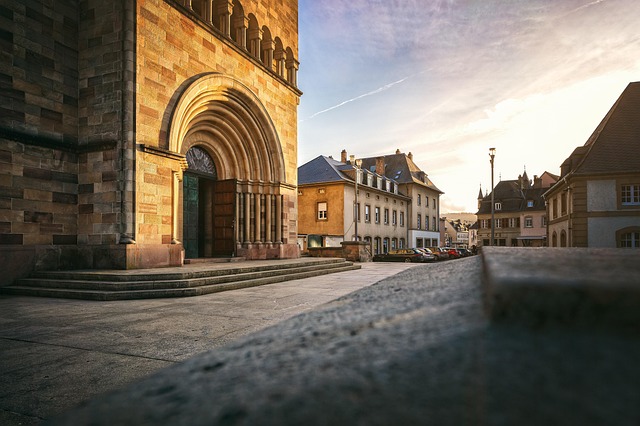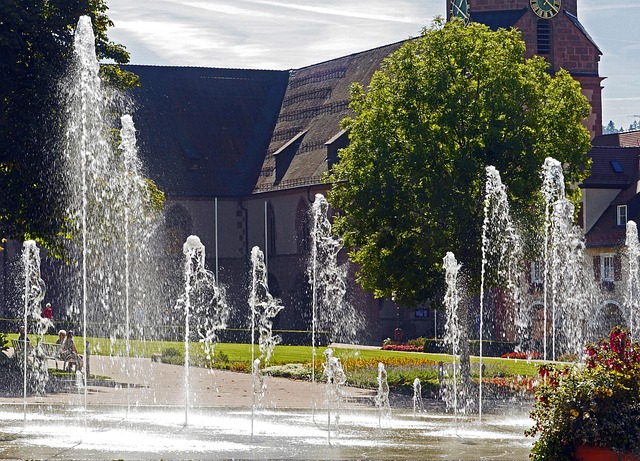In recent years, the development of green spaces has gained immense popularity as cities around the world strive to become more eco-conscious. Urbanization, while essential for economic growth, often comes at the expense of nature, leading to increased pollution and a decline in overall quality of life. However, the revival of green spaces is changing this narrative. More than mere patches of grass or public parks, these areas represent a commitment to fostering a healthier environment for ourselves and future generations.
The emphasis on gardening and natural design has transformed urban landscapes, allowing communities to reconnect with nature. Innovative landscapes featuring native plants not only beautify the environment but also support local wildlife, bringing a sense of balance back to ecosystems that have been disrupted by urban sprawl. In this context, the development of green spaces acts as a metaphor for the healing of our planet, promoting biodiversity, reducing the urban heat island effect, and improving air quality.
Moreover, eco-friendly practices in gardening, such as using organic materials and rainwater harvesting, encourage residents to engage actively in cultivating their surroundings. These sustainable practices foster a new appreciation for the delicate interplay between human life and nature. Communities are not just reclaiming public spaces; they are nurturing a profound relationship with the earth, one that celebrates both the beauty of greenery and the importance of responsible environmental stewardship.
Engaging with nature in our everyday lives is essential for mental well-being. The calming influence of green spaces encourages us to take a break from the hustle and bustle of city life, providing a sanctuary where we can unwind and recharge. Studies have shown that spending time in these areas can lead to reduced stress, lower blood pressure, and an overall improvement in mood. Thus, the development of green spaces is not merely an aesthetic choice; it plays a crucial role in enhancing our well-being.
As the movement towards eco-consciousness grows, so does the recognition of the importance of green infrastructure. Urban planners are increasingly integrating green technology, such as vertical gardens, green rooftops, and permeable pavements, into their designs. These innovative solutions not only enhance aesthetics but also play a vital role in managing stormwater, reducing flooding, and regulating temperature in cities. They foster an urban environment that harmonizes with nature rather than fighting against it.
The evolution of green spaces extends beyond aesthetics and function; it is also a community-driven initiative. Residents are coming together to advocate for their neighborhoods, often leading community gardening projects that encourage sustainability and local involvement. These initiatives not only produce food but also cultivate a sense of belonging and partnership among residents. It becomes a shared endeavor that strengthens community ties, fosters environmental awareness, and empowers individuals to take action for their surroundings.
As we continue to navigate the complexities of urban development, it is clear that the movement towards green spaces is more than just a trend; it is a critical component of our collective future. It embodies a commitment to creating healthier habitats and a cleaner environment, positioning us to thrive alongside nature. By embracing the development of green spaces, we are not only planting seeds for the gardens of tomorrow but also for a sustainable, flourishing planet that we can all cherish.




